Novel nanomaterials for probing living systems at the nano-scale
What can we learn by targeting biomarkers and monitoring active processes within living cells?

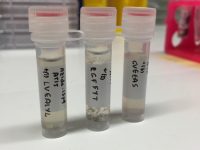


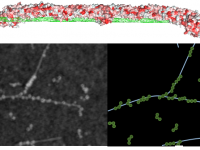
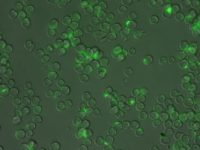



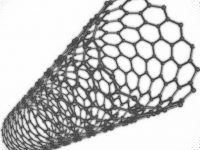
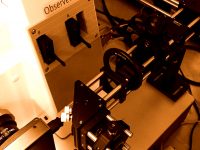
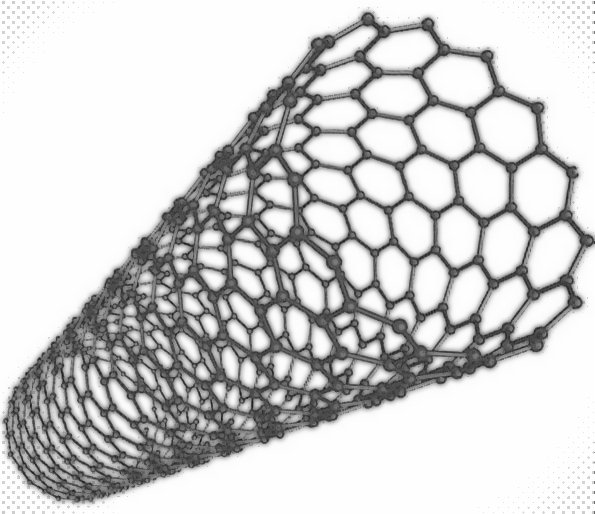
SinGLe-walled carbon nanotubes
Sinlge-walled carbon nanotubes are a single-layer graphene sheet rolled into a cylinder. The semiconducting ones fluoresce in the near-infrared part of the spectrum which overlaps with the transparency window of biological samples
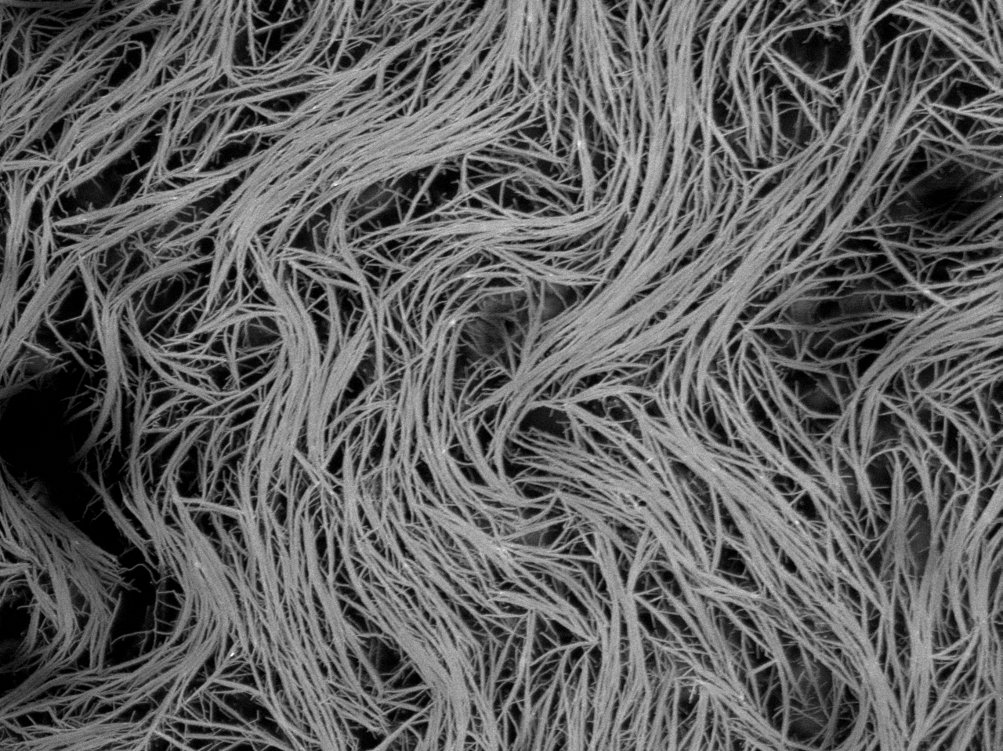
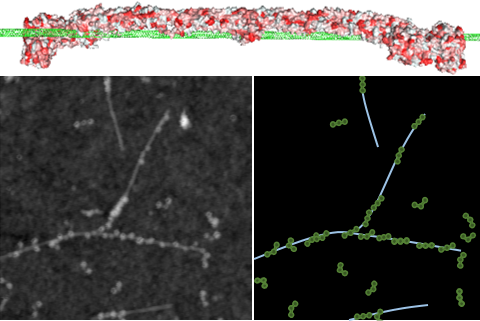
Protein detection
Using heteropolymers adsorbed onto the surface of fluorescent single-walled carbon nanotubes, we have found sensors for the proteins fibrinogen, and insulin.
molecular recognition
We use high-throughput fluorescence spectroscopy to scan for spectral changes associated with analyte binding, as either fluorescent intensity modulation or emission wavelength shift, to identify corona phase candidates for molecular recognition

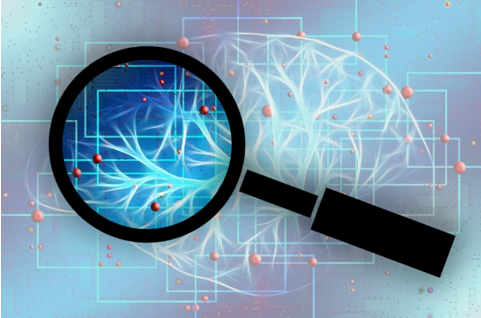

Nonequilibrium self-assembly
Inspired by many examples of nonequilibrium self-assembly
in living systems, we set out to explore the added benefits achieved by nonequilibrium driving and identify distinctive collective phenomena that emerge in this regime. We illustrate the role that nonequilibrium driving plays in overcoming trade-offs that are inherent to equilibrium assemblies.
inference from partial information
Determining the entropy production requires detailed information about the system’s internal states and dynamics.
In most practical scenarios, however, only a part of a complex experimental system is accessible to an external observer.
In order to address this challenge, we develop methods to bound the dissipation using partial information.
A lower bound estimation of the total dissipation can be obtained using an effective thermodynamics description of the observes states
Time-irreversibility can be detected from time-series measurements and waiting time distributions

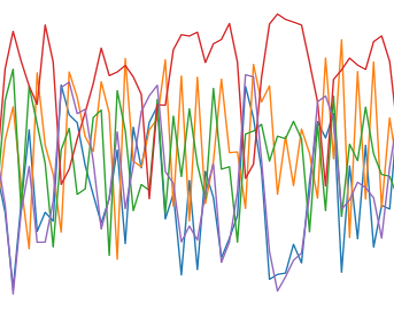

Reservoir Computing
Reservoir Computing is an implementation of a recurrent neural network architecture, with random, untrained, neuron weights. Learning is performed only on the output layer given some training data set, where the goal is to generalize and predict from a time-series data input
Want to join us?
We have open positions for postdocs, graduate students, and undergraduate students
